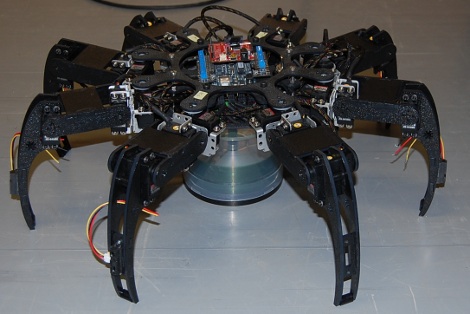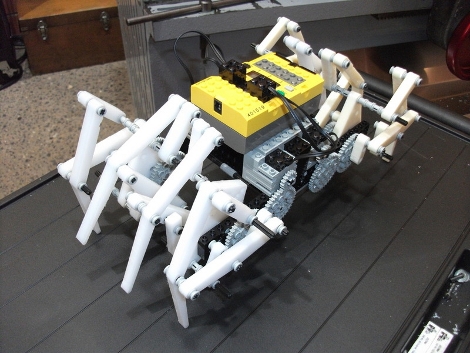[youtube=http://www.youtube.com/watch?v=O3ovrT8pWww]
This tip was submitted by [Mike], with the original information seen in this post. When I passed the story along to our writer [Mike Szczys] I didn’t send along the entire email conversation. This bot is noteworthy because it has taught itself to walk. In the build log you can learn about how it has created its gait and altered it based off of the vision. There are also some great pictures of prototypes there too. While we can all agree that it isn’t as impressive looking initially as the A-Pod, remember that it wasn’t programmed to look impressive.














